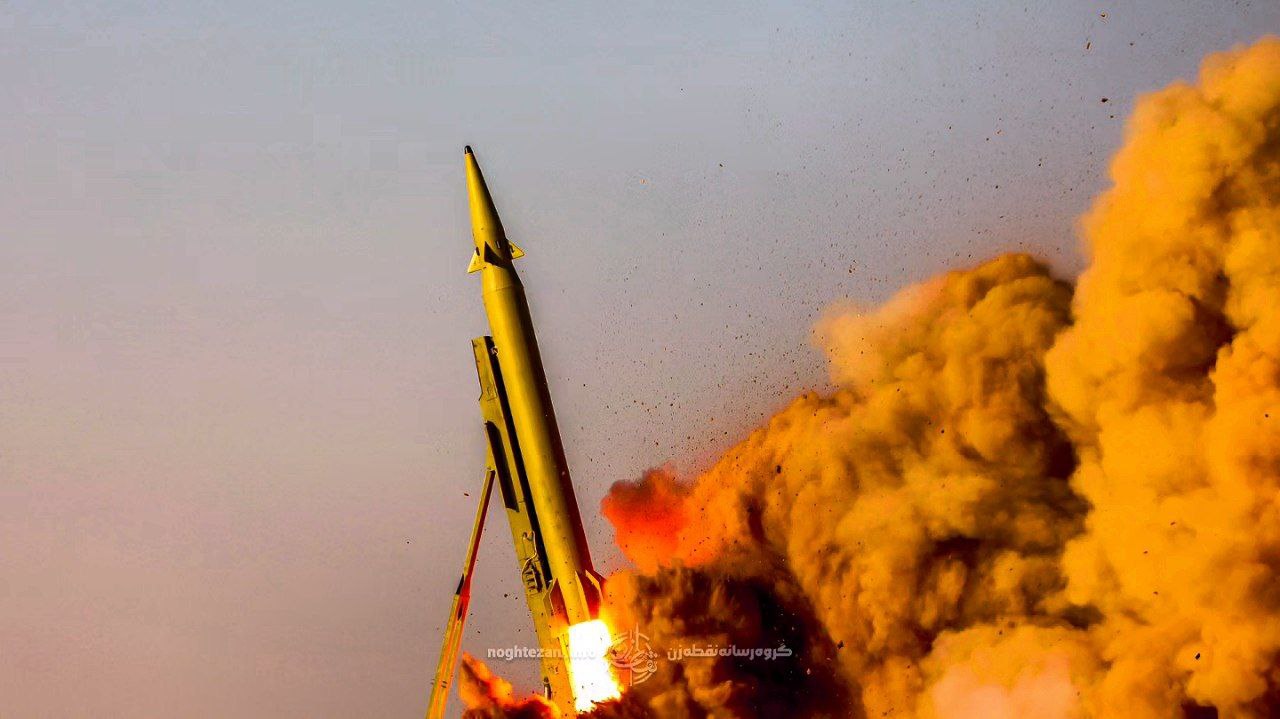
During the 12-day war, Iranian missiles hit five IDF military bases and seven industrial facilities on Israeli territory.
The Telegraph reported on this, citing a study by Oregon State University (USA).
Among the targeted military sites are a large Israeli Air Force base, as well as intelligence and logistics bases. The Israeli army refused to disclose the locations of the missile impacts, stating that “all relevant units have maintained operational continuity.”
In addition to military targets, 36 civilian sites were struck, causing significant damage to residential areas and industrial infrastructure.
An analysis published by The Telegraph indicates that most rockets were intercepted, but the success rate of interceptions decreased during the 12-day war.
This is attributed both to possible conservation of interceptors by Israel and to Iran’s use of more advanced missiles. In particular, the systems David’s Sling, Arrow, and the American THAAD batteries deployed on ships in the Red Sea were engaged to intercept long-range ballistic missiles, as the Iron Dome is not designed for this.
The percentage of successful breaches of Israel’s missile defense system by Iranian missiles fluctuated throughout the conflict:
- June 13-14: Only 2% of Iranian missiles managed to breach Israel’s missile defense.
- June 15-20: The number of launches from Iran decreased, but accuracy and effectiveness increased — 16% of rockets reached Israel.
- June 21-24: The number of missiles was low, which made interception easier.
It should be noted that during the 12-day war in June 2025, Iran launched over 500 ballistic missiles and around 1,000 drones at Israel.
The Israel Defense Forces estimate that most of the rockets were intercepted by Israeli and American air defense systems, demonstrating an interception rate of about 90%.
However, at least 31 ballistic missile hits were recorded in populated areas or critical infrastructure sites, as well as many others in open areas that did not cause significant damage. Of around 1,000 drones, only one reportedly hit a populated area.
Militarnyi previously reported that, according to sources, the Saudi Arabian Air Force deployed helicopters to intercept drones in regional airspace — including over Iraq and Jordan.
These kamikaze UAVs were intercepted as part of the defense of Saudi Arabia’s sovereign airspace.